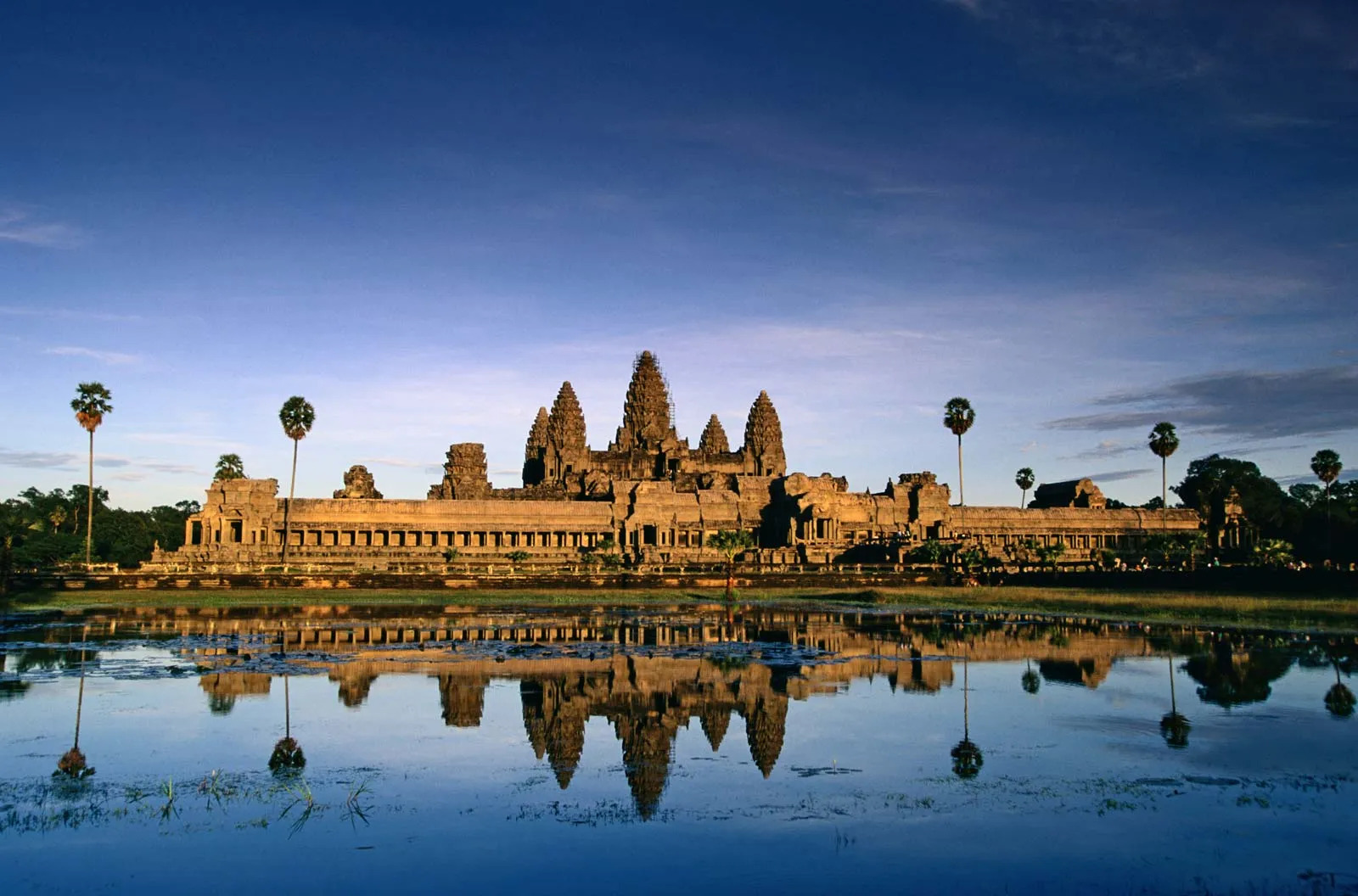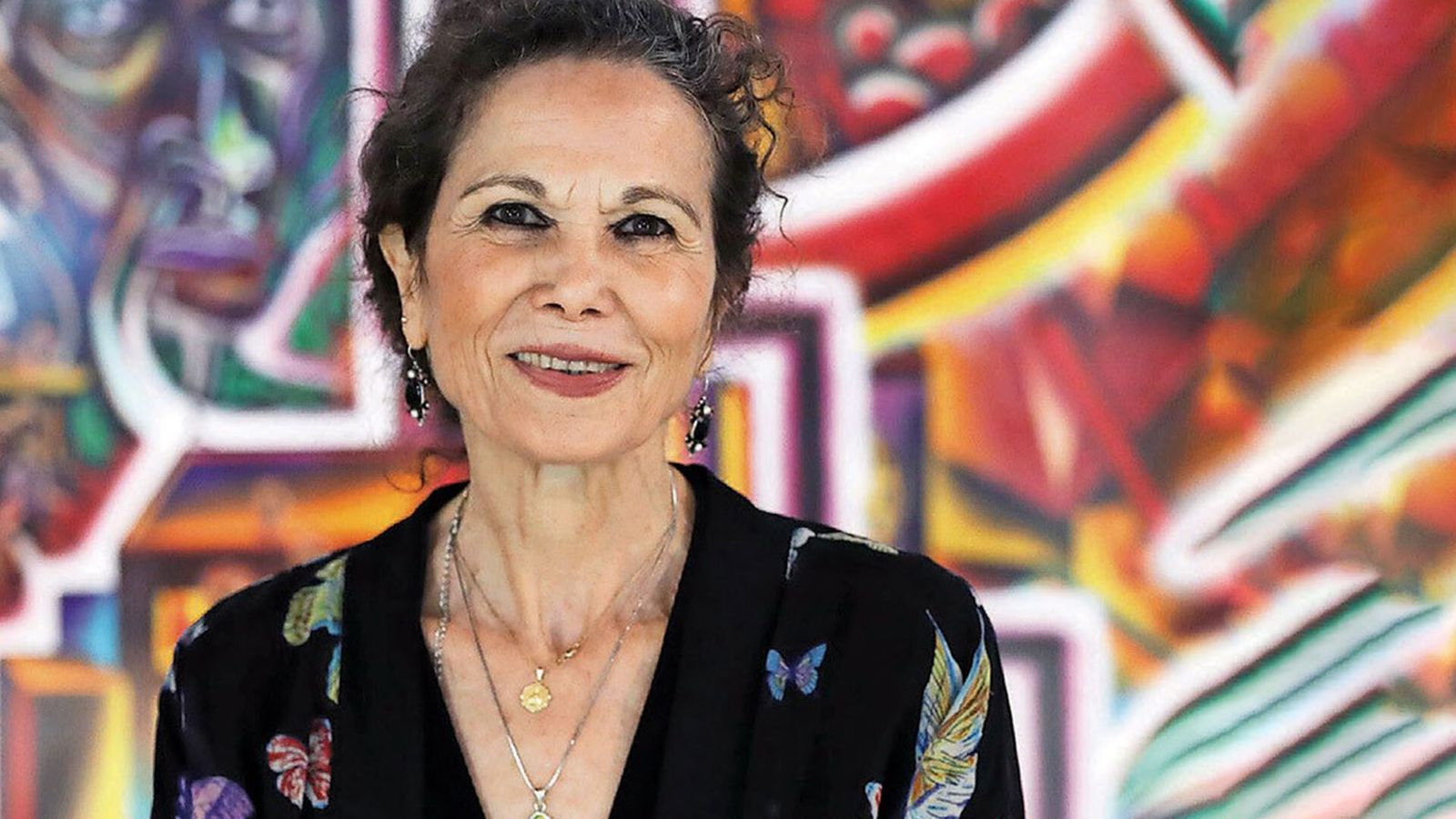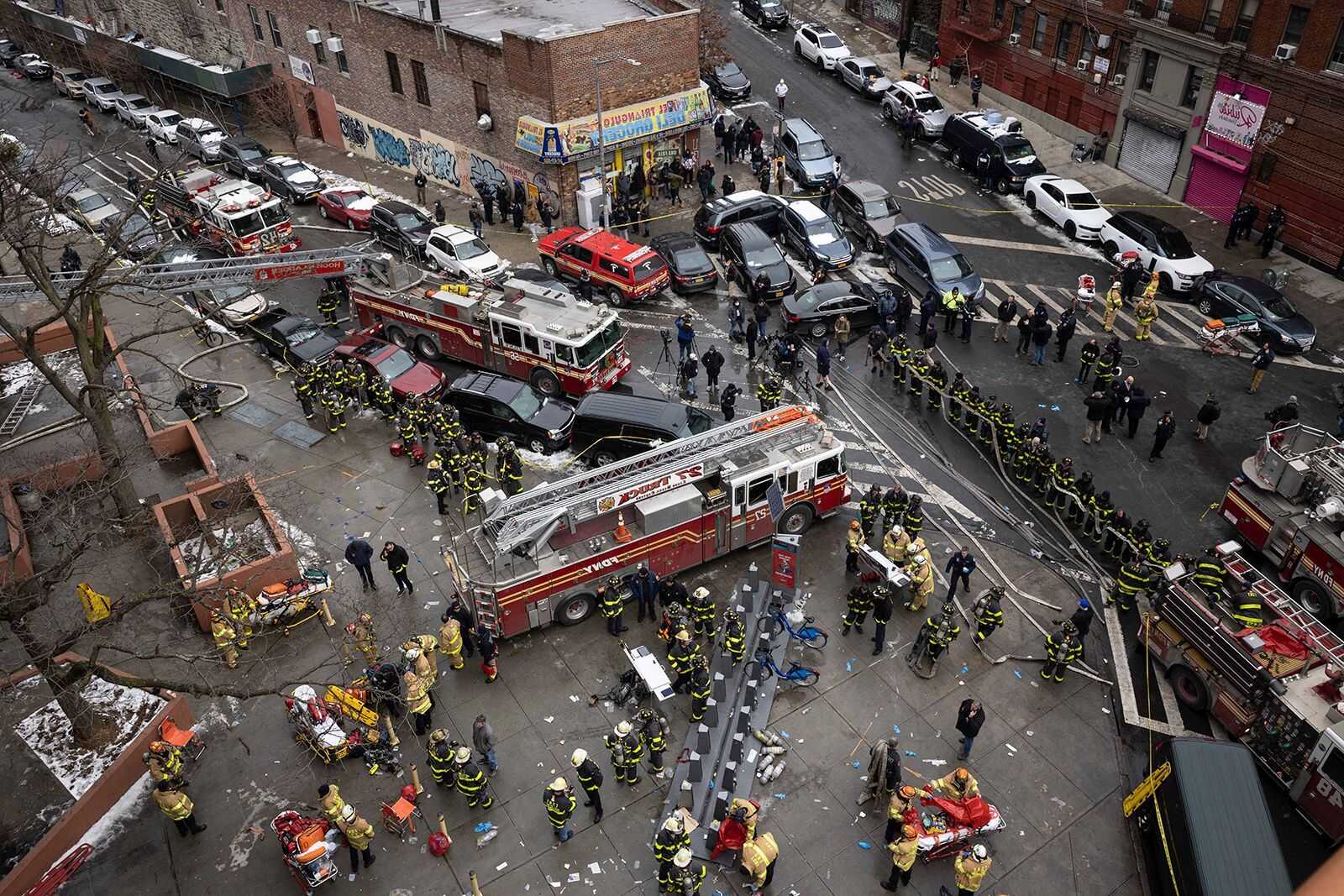
Cambodia, a country rich in history, culture, and natural beauty, is a captivating destination that continues to mesmerize travelers from all over the world. Nestled in the heart of Southeast Asia, Cambodia offers a unique blend of ancient temples, lush landscapes, and a warm and welcoming population.
With its iconic UNESCO World Heritage site, Angkor Wat, Cambodia boasts one of the most significant archaeological sites in the world. Beyond the temples, the country is also home to stunning tropical islands, vibrant cities like Phnom Penh and Siem Reap, and a variety of adventurous activities such as jungle trekking, river cruises, and wildlife spotting.
In this article, we will delve into 34 fascinating facts about Cambodia, uncovering its rich past, diverse cultural traditions, delicious cuisine, and remarkable landmarks. So, let’s embark on this journey to discover the wonders and hidden gems of this extraordinary country.
Key Takeaways:
- Cambodia, located in Southeast Asia, is known for Angkor Wat, kickboxing, and its rich cultural heritage. The country’s tropical climate, traditional crafts, and vibrant population make it a fascinating destination to explore.
- Cambodia’s unique traditions, such as the sampot garment, Choul Chnam Thmey celebration, and Apsara dance, reflect its rich history and cultural diversity. The country’s natural beauty and diverse wildlife also make it a great destination for ecotourism.
Cambodia is located in Southeast Asia.
Situated in the southern part of the Indochinese Peninsula, Cambodia shares borders with Thailand, Laos, and Vietnam.
The official language of Cambodia is Khmer.
Khmer is spoken by the majority of the population and is also the country’s official language. English is also widely understood and spoken in urban areas.
Angkor Wat is a UNESCO World Heritage Site located in Cambodia.
This impressive temple complex is a testament to the rich and ancient Khmer civilization and is one of the most important archaeological sites in Southeast Asia.
Cambodia has a tropical climate.
The country experiences two distinct seasons: the wet season from May to October and the dry season from November to April.
The Khmer Rouge regime ruled Cambodia from 1975 to 1979.
Under the leadership of Pol Pot, the Khmer Rouge regime resulted in the death of an estimated 1.7 million people through execution, forced labor, and starvation.
The currency of Cambodia is the Cambodian riel.
While the riel is the official currency, the US dollar is widely accepted and used in daily transactions.
The national sport of Cambodia is kickboxing, also known as Pradal Serey.
Pradal Serey is a traditional martial art that has gained popularity across the country and is often showcased in tournaments and competitions.
Cambodia has a rich culinary tradition.
From the famous fish amok to delicious Khmer curries, Cambodian cuisine offers a unique blend of flavors and influences.
The Mekong River runs through Cambodia.
As one of the longest rivers in Southeast Asia, the Mekong River plays a vital role in the country’s economy and serves as a transportation route for trade.
The official religion of Cambodia is Theravada Buddhism.
Buddhism has a significant impact on the daily lives of Cambodian people, and numerous temples and pagodas can be found throughout the country.
The flag of Cambodia features a depiction of Angkor Wat.
The blue and red flag showcases the iconic silhouette of Angkor Wat, representing the nation’s cultural heritage and historical significance.
Cambodia is home to the critically endangered Irrawaddy dolphins.
These unique marine mammals can be found swimming in the Mekong River, and conservation efforts are ongoing to protect their habitat.
The Cambodian New Year, known as Choul Chnam Thmey, is celebrated in April.
During this festive time, people engage in traditional rituals and participate in cultural events to welcome the new year.
Cambodian silk weaving is a traditional craft.
Artisans skillfully create intricate designs on silk fabrics using traditional weaving techniques, preserving a centuries-old tradition.
The Tonle Sap Lake in Cambodia is the largest freshwater lake in Southeast Asia.
This expansive lake plays a crucial role in the country’s ecosystem, supporting a diverse range of flora and fauna.
The Royal Palace in Phnom Penh is a major tourist attraction.
Visitors can explore the stunning architecture and beautiful gardens of the Royal Palace, which serves as the residence of the King of Cambodia.
Cambodia has a rich cultural heritage.
With its ancient temples, traditional dance, and music, Cambodia showcases a vibrant culture that attracts tourists from around the world.
The traditional Cambodian garment is called the sampot.
The sampot is a versatile piece of clothing that can be worn in various styles and is often used during special occasions and ceremonies.
The floating village of Kompong Phluk offers a unique cultural experience.
Located near Siem Reap, this village is built on stilts and allows visitors to witness the daily life of the local community living on the water.
Cambodia has numerous national parks and protected areas.
These natural reserves are home to diverse wildlife, including elephants, tigers, and various bird species, providing important habitats for conservation.
The traditional Cambodian martial art of Bokator is gaining popularity worldwide.
Bokator combines self-defense techniques, dance, and music, and is recognized for its intricate movements and powerful strikes.
The official title of the Cambodian monarch is the King of Cambodia.
Currently, King Norodom Sihamoni holds the title and serves as the symbolic head of state.
Cambodian traditional music often incorporates the use of instruments such as the khse diev and tro khmer.
These unique instruments produce distinct melodies that accompany traditional dances and ceremonies.
The Cardamom Mountains in Cambodia are known for their rich biodiversity.
These lush mountains are home to various rare and endangered species, making them an important ecological hotspot.
Cambodia celebrates Independence Day on November 9th.
This national holiday commemorates the country’s independence from French colonial rule in 1953.
The traditional greeting in Cambodia is the “sampeah.”
It involves placing one’s palms together in a prayer-like gesture, accompanied by a slight bow, to show respect and greeting.
The Bayon Temple in Angkor Thom features iconic stone faces.
These serene and enigmatic faces have become an iconic symbol of Khmer art and architecture.
The famous “Killing Fields” memorial site is located in Cambodia.
The Choeung Ek Genocidal Center serves as a reminder of the atrocities committed during the Khmer Rouge regime.
Cambodian cuisine often incorporates flavors such as lemongrass, galangal, and kaffir lime leaves.
These aromatic ingredients add depth and complexity to dishes, creating a unique dining experience.
The national flower of Cambodia is the rumduol.
Known for its fragrant scent, the rumduol is often used in traditional ceremonies and symbolizes love and beauty.
Cambodia has a young and vibrant population.
The majority of the population is under the age of 30, contributing to the country’s dynamic and energetic atmosphere.
The Preah Vihear Temple is a UNESCO World Heritage Site.
This ancient temple complex is perched on a cliff in the Dangrek Mountains and offers breathtaking panoramic views.
Cambodia has a growing ecotourism industry.
Travelers can explore pristine natural landscapes, engage in wildlife conservation efforts, and experience the rich biodiversity of the country.
The traditional Cambodian dance, known as Apsara dance, is a UNESCO Intangible Cultural Heritage.
Performances of the Apsara dance showcase graceful movements, elaborate costumes, and storytelling elements.
Conclusion
In conclusion, Cambodia is a fascinating country that boasts a rich cultural heritage, stunning landscapes, and a resilient population. From its ancient temples and vibrant cities to its captivating history and warm hospitality, Cambodia has something to offer every traveler. Whether you’re exploring the majestic Angkor Wat, lounging on the beautiful beaches of Sihanoukville, or immersing yourself in the local customs and traditions, Cambodia is sure to leave a lasting impression.
With its growing tourism industry, Cambodia is becoming an increasingly popular destination for travelers from all around the world. As you plan your trip to this enchanting country, don’t forget to try the delicious Khmer cuisine, visit the floating villages on Tonle Sap Lake, and learn about the Khmer Rouge period at the historic Killing Fields. Cambodia truly has a unique charm that will captivate and inspire you.
FAQs
1. What is the best time to visit Cambodia?
The best time to visit Cambodia is during the dry season, which runs from November to April. This time of year offers pleasant weather and minimal rainfall, making it ideal for exploring the country’s outdoor attractions.
2. Is Cambodia a safe country to visit?
Yes, Cambodia is generally a safe country to visit. However, it’s always important to take precautions, such as staying aware of your surroundings, avoiding isolated areas at night, and keeping your belongings secure.
3. Is it necessary to have a visa to enter Cambodia?
Yes, most visitors to Cambodia are required to have a visa. You can either obtain a visa on arrival at the airport or border checkpoints, or apply for an e-Visa in advance.
4. What are some must-visit attractions in Cambodia?
Some must-visit attractions in Cambodia include the ancient temples of Angkor Wat, the royal palace in Phnom Penh, the beautiful beaches of Sihanoukville, and the bustling markets of Siem Reap.
5. What is the official currency in Cambodia?
The official currency in Cambodia is the Cambodian Riel (KHR). However, the US dollar is widely accepted and used alongside the Riel.
6. What is the local language spoken in Cambodia?
The official language of Cambodia is Khmer. However, English is widely spoken in tourist areas and hotels.
Cambodia's rich history and vibrant culture continue to captivate people worldwide. From the remarkable leadership of Prime Minister Hun Sen to the acclaimed film Swimming to Cambodia, which sheds light on the country's tumultuous past, there's no shortage of intriguing stories to explore. King Norodom Sihanouk's life and reign also offer a fascinating glimpse into Cambodia's political landscape. Delve deeper into these topics and gain a more comprehensive understanding of this enchanting nation.
Was this page helpful?
Our commitment to delivering trustworthy and engaging content is at the heart of what we do. Each fact on our site is contributed by real users like you, bringing a wealth of diverse insights and information. To ensure the highest standards of accuracy and reliability, our dedicated editors meticulously review each submission. This process guarantees that the facts we share are not only fascinating but also credible. Trust in our commitment to quality and authenticity as you explore and learn with us.


